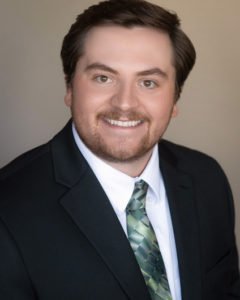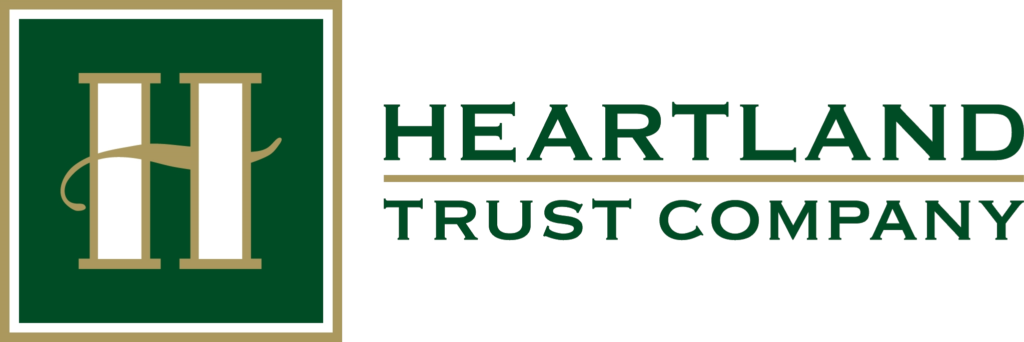
WHAT ARE RMDs?
Required Minimum Distributions (RMDs) are a gentle nudge from Uncle Sam. The government allowed individuals to sock away tax-deferred money through the years, and RMDs are a reminder to tap into those retirement accounts. These pre-tax accounts, such as traditional IRAs and 401(k)s, have been accumulating earnings tax-free over the years. But alas, taxes can’t be postponed indefinitely. RMDs ensure that these accounts are distributed gradually, rather than hoarded forever or left as an unexpected inheritance.
WHEN DO RMD NEED TO BE TAKEN?
The federal government recognizes that individuals are living longer and working well into their golden years. In 2019, the RMD starting age went from 70½ to 72. Last year, that beginning age was raised again to age 73. In 2033, the RMD starting age is scheduled to increase again to age 75.
Birth Year and RMD Starting Age
If you were born in 1950 or before, your RMD starting age is 72. For those born between 1951 and 1959, your RMD starting age is 73. Those born in 1960 and after, your RMD starting age is 75.
Important Notes:
Due to the SECURE 2.0 Act, there were no RMDs that began in 2023. But starting in 2024, they’re back in action! If the account holder turns 73 in 2024, they will need to take their first RMD by April 15, 2025.
The deadline for an account holder’s first RMD is April 15th of the year after the individual hits their RMD starting age. After that, the deadline reverts to December 31st for every RMD after.
The point above is important to note since if an individual takes their first RMD between January 1st and April 15th, they will have two RMDs in one year which could substantially impact their taxable income.
WHICH ACCOUNTS REQUIRE RMDs?
Not all retirement accounts are RMD-worthy. Roth IRAs get a free pass because taxes were already paid when the contributions were made. But for the rest of the gang—401(k)s, 403(b)s, Traditional IRAs, and more—it’s RMD time. Even Roth 401(k)s and Roth 403(b)s are currently subject to RMDs, although there is talk of changing that soon.
HOW MUCH HAS TO BE WITHDRAWN?
RMD amounts depend on year-end account balance and age. Here’s the recipe:
1. Take the year-end balance of each tax-deferred retirement account.
2. Consult the IRS Uniform Lifetime Table to find the age factor.
3. Divide the account year-end balance by that age factor.
Remember, there are separate tables if the account holder’s spouse is more than 10 years younger or if they are an IRA beneficiary. And yes, the RMDs for each eligible account must be calculated separately. Heartland Trust and most institutions will calculate the RMD for their clients and provide that information in either their monthly statement or an annual letter, but ultimately the account holder is responsible for making sure RMDs are taken.
CAN RMDs BE DELAYED?
In certain cases, your RMD can be delayed, but only from employer sponsored defined contribution accounts (such as 401(k)s). RMDs from these accounts can be delayed if the account holder is still working and is a less than 5% owner of the company sponsoring the retirement plan and if it is allowed by the plan document. See your plan administrator for more information. RMDs must begin in the year you retire if you are at your required beginning date or older.
WHAT ABOUT AN INHERITED IRA RMD?
RMDs are not only for retirement accounts like traditional IRAs and 401Ks. They also apply to some inherited retirement accounts, including certain types of Inherited IRAs and Inherited Roth IRAs.
The SECURE 2.0 Act has made the calculation of these distributions a bit more complicated and created some exceptions to the rules. But don’t worry, we at Heartland Trust Company keep a close eye on these changes and will calculate the RMD.
Every year, we provide our clients with a statement that shows the RMD amount for their inherited retirement accounts. Please note that not all inherited retirement accounts will require an RMD for 2024.
Inherited IRAs can be complicated. If you have any questions about your Inherited IRA or Inherited Roth IRA, don’t hesitate to reach out to your account administrator.
PRO TIP: DON’T PANIC!
RMDs don’t need to be gulped down in one go. Spread it out through the year. Sip it like a fine wine (or a decent cup of coffee). Use it to bolster your after-tax brokerage account so it stays invested instead of spending it.
QUALIFIED CHARITABLE DISTRIBUTION (QCD)
RMD’s aren’t just for personal use. They can also be used to give back through a Qualified Charitable Distribution (QCD). Account holders are eligible to begin making QCDs from their IRAs beginning with the year they turn 70½.
Think of a QCD as a three-in-one deal. RMD requirements are fulfilled, a charitable cause is supported, and the amount withdrawn is tax-free and does not impact the account holder’s taxable income!
If you have an IRA and are considering charitable giving, a QCD could be a great option for you. It allows you to meet your RMD obligations while also making a difference in your community. And who doesn’t love a tax break? Keep in mind that QCDs can only be made from IRAs. For more information on this topic, see Jan Nelson’s article in this edition’s newsletter.
THE DECEMBER 10TH REMINDER
Mark your calendars! Heartland Trust Company encourages all RMDs to be taken by December 10th. It’s like a holiday gift to your future self—just with a dash of tax compliance.
So, Heartland Trust Company clients, let’s embrace our RMDs. They’re not just numbers; they’re a bridge between your hard-earned savings and your well-deserved retirement.
IF YOU HAVE ANY QUESTIONS REGARDING RMDs, DON’T HESITATE TO CONTACT US.
Remember: Life is a journey, and RMDs are the scenic route.

